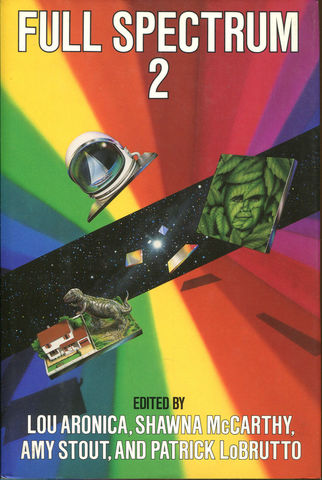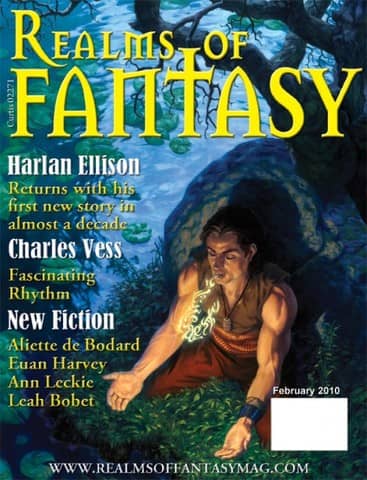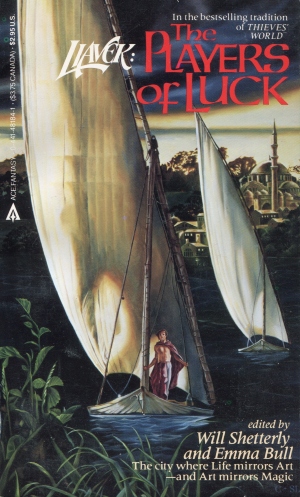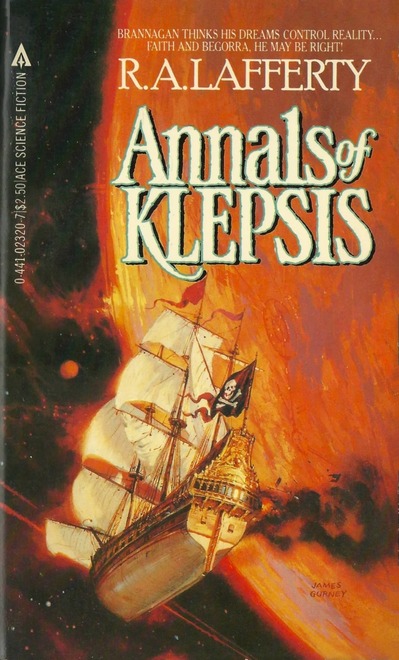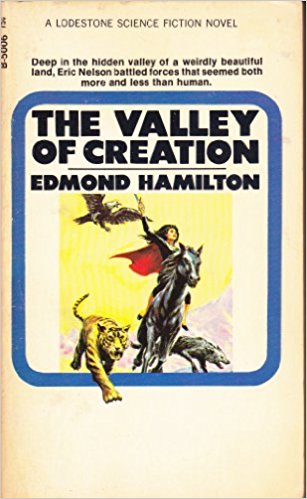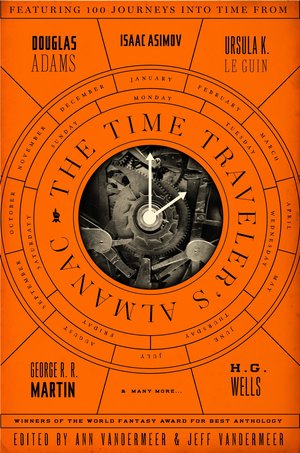Vintage Treasures: Copernick’s Rebellion by Leo A. Frankowski
 |
 |
I don’t know much about Leo A. Frankowski. But when I saw his 1987 novel Copernick’s Rebellion on eBay, I knew I had to have it. It belongs to that peculiar sub-genre of science fiction my friends and I used to call, “Explore the universe and meet strange new aliens. And then ride them like a pony.”
Frankowski was an engineer who sold his first novel, The Cross-Time Engineer, to Del Rey in 1986. It became the opening book in a 7-volume series eventually known as the Adventures of Conrad Stargard, which also included The Flying Warlord (1989), Lord Conrad’s Lady (1990), and others. His other novels include A Boy and His Tank (1999) and The Fata Morgana (1999), both for Baen. He died in December 2008.
Virtually all of Frankowski’s work is out of print, and there aren’t a lot of publishers who would take a chance on him today. On his website he claimed “males with military and technical backgrounds often approach me as though I were something holy… [with an] excess of almost worship,” and famously identified those who disliked his work as “feminists, liberals, and homosexuals.” And anyone who objects to riding aliens like a pony, I’m willing to wager.
Copernick’s Rebellion was published by Del Rey in April 1987. It is 202 pages, priced at $2.95 in paperback. The cover art is by the great Ralph McQuarrie. It has been out of print since 1989, and there is no digital edition. See all our recent Vintage Treasures here.
